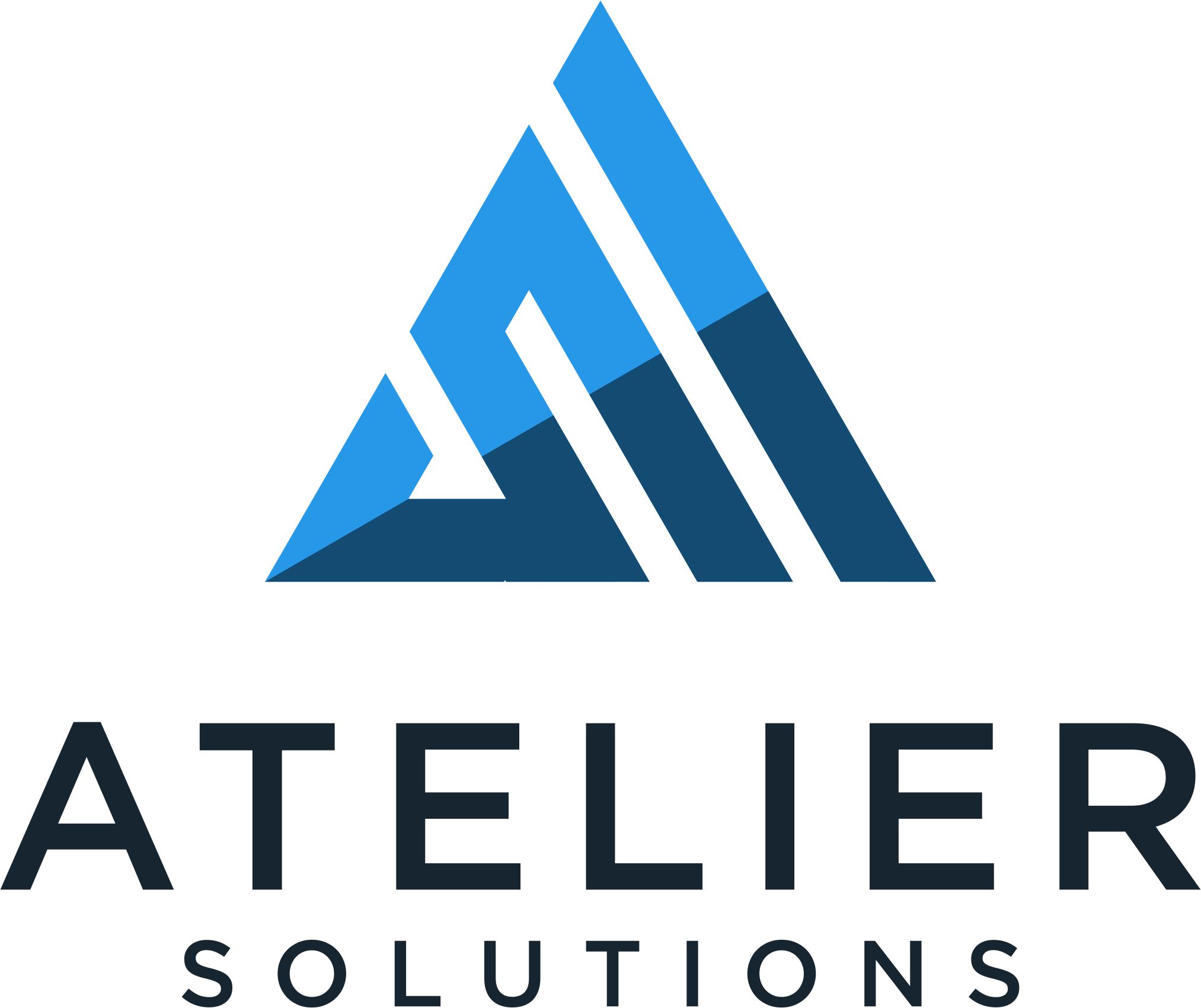Since starting the Tech Diligence list, I shared a couple of tools that I’ve used for helping my clients establish a baseline before they start looking at target companies and when they have a company in mind. Now I share the list with you in the hopes that it will help with your scoping efforts.
If you find this helpful, and you’d like to pick up some more insights, then sign-up for the Tech Diligence list.
The pre-pre diligence questions
You can use these questions with your target company as well, but the greatest benefit is in the baseline it establishes so you will be to tell at a glance what the costs and level of effort to integrate would look like and can price your deals accordingly.
Depending on the type of acquisition you’re looking at doing (full company, business unit, etc.), the questions may change slightly. However, lets assume you’re buying a company just like yours:
- If you were to buy your ideal company tomorrow, and they happened to have the same technology, what do you suppose your up-front costs/risks would look like and then your recurring costs? Think not just the hardware, but software licenses, support, staffing, temporary infrastructure, data migration costs, etc.
- Assuming you keep your current staff, and their current obligations, what would a reasonable time-frame be?
- How would this change if you could bring on others (3rd party firms or hire internally)?
- Does this account for ramp-up time or additional retention costs to bring over a key resource?
- Given the new cloud/SaaS based world, how do these numbers change?
- How about going from on-prem to the cloud, or vice versa?
- What if both are on-prem?
- Are you also factoring in expertise?
- Do you or your potential target have any custom software that makes up the “special sauce?”
- If it has to be migrated, what do you suppose that would look like? Will you be running it as a separate application, or combining into a single application?
- How does the preexisting artifacts get migrated (think documentation, open issues, support agreements, etc.)?
If any of these questions make you or your team nervous, then this is where I can help.
Fleshing out the integration checklist
In a more recent email on the Tech Diligence list, I went into taking a top-down approach that I use for scoping the work required when it comes to integration time. This is intended to act as a rough guide to assist with scoping out the initial/recurring costs and time-frame post-close to ensure that the deal is a success.
- What is the type of acquisition being performed? Think: is it users/branding, line of business, or the whole enchilada?
- What are the parts of the business being acquired? Is it really everything (full-acquisition or is it a specific book of business such as the anvil line from Acme Inc.)
- What are the tools that are specific to that business? This can be SaaS or on-prem. COTS or custom.
- What are the dependencies for the tools above? Do they talk to 3rd parties or other lines of business that are not included in the acquisition? Think vendor relationships and other partnerships.
- Where is the data stored, and how much will be yours? Think of not just where the files and databases are, but also the artifacts that power their business.
- Unless you acquire the whole company, there will be some pieces that will be relevant and must be conveyed while the parent company retains the rest and will want to keep things locked up.
Note: I’m not covering the process, policy, or procedures for this back of the envelope work. They will definitely play a role on the integration effort yet they will vary greatly depending on the terms of transition agreements agreed upon at close.
If you found any of this useful, and you’d love to get more, then sign up for the tech diligence list below. If you’re already in the process of looking to acquire someone else, and you need help sorting out the tech side of the house, then don’t hesitate to reach out.

